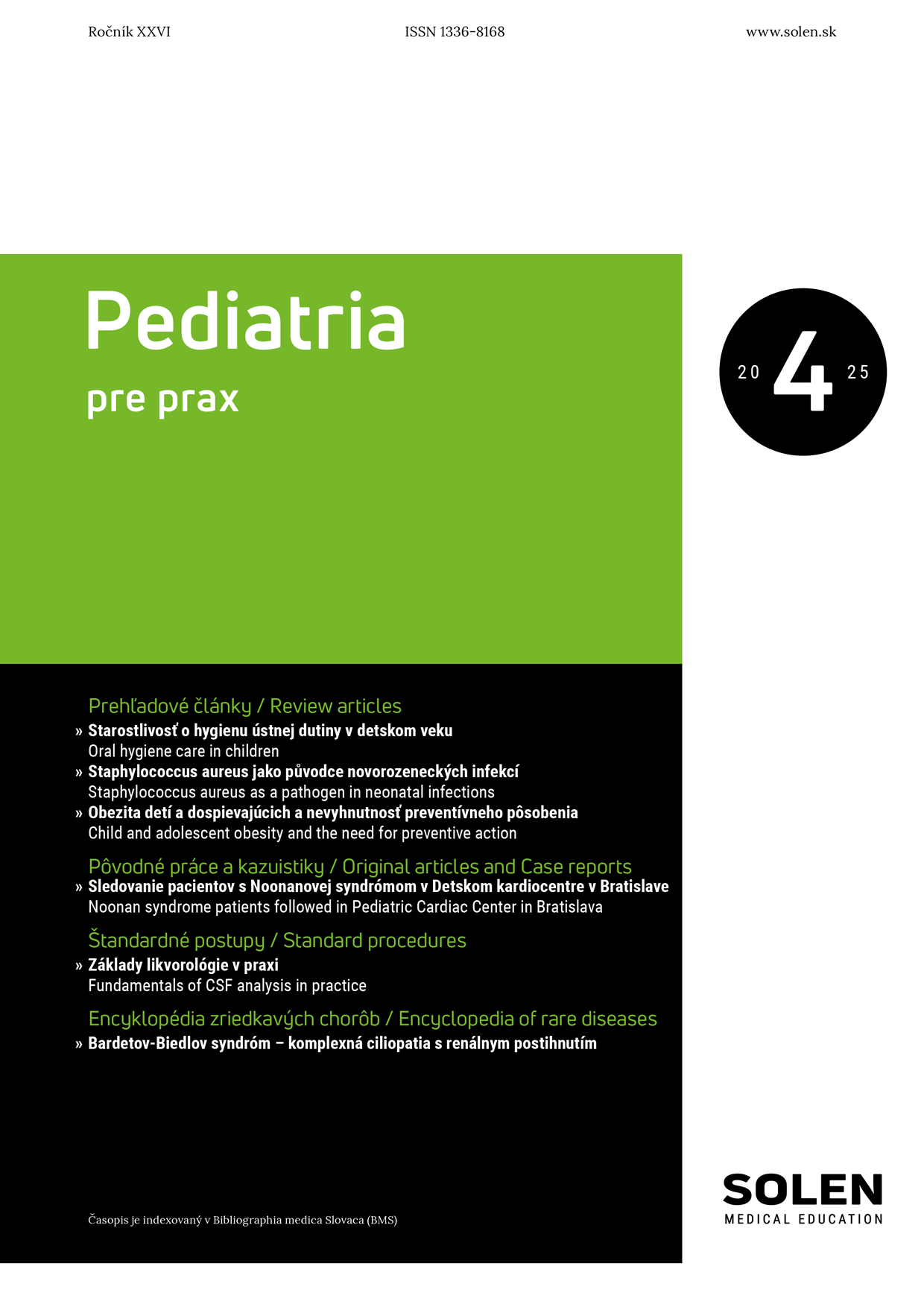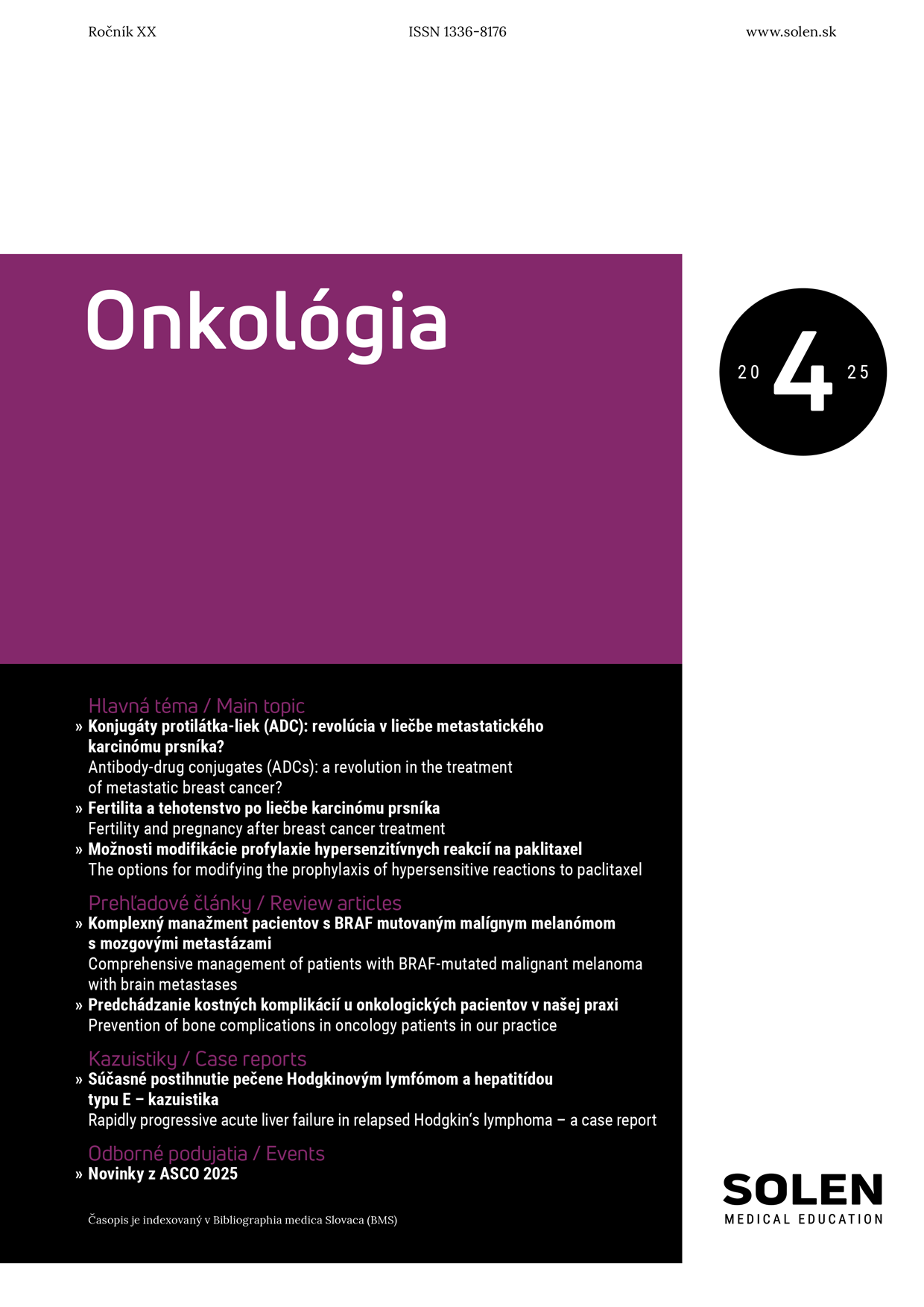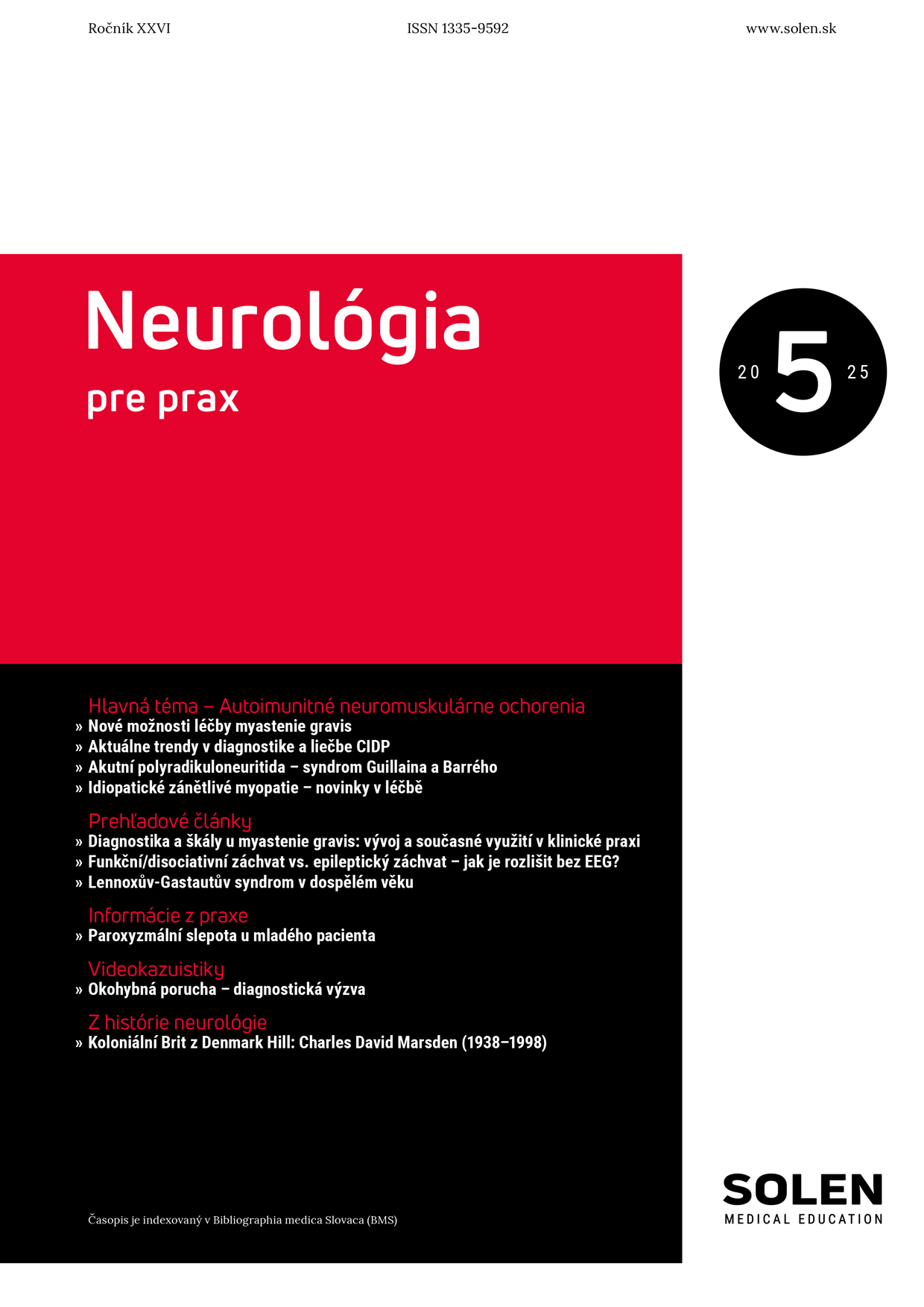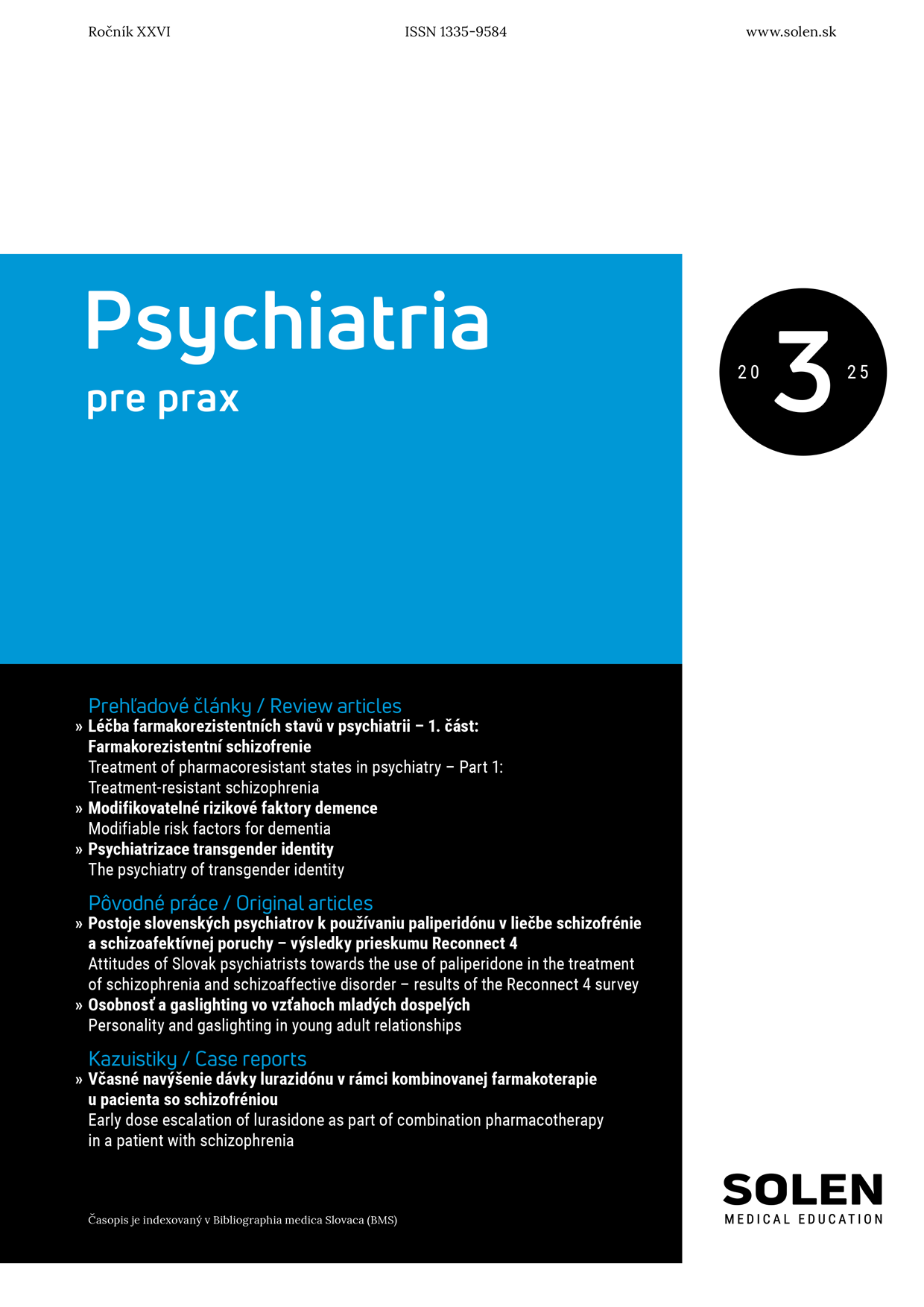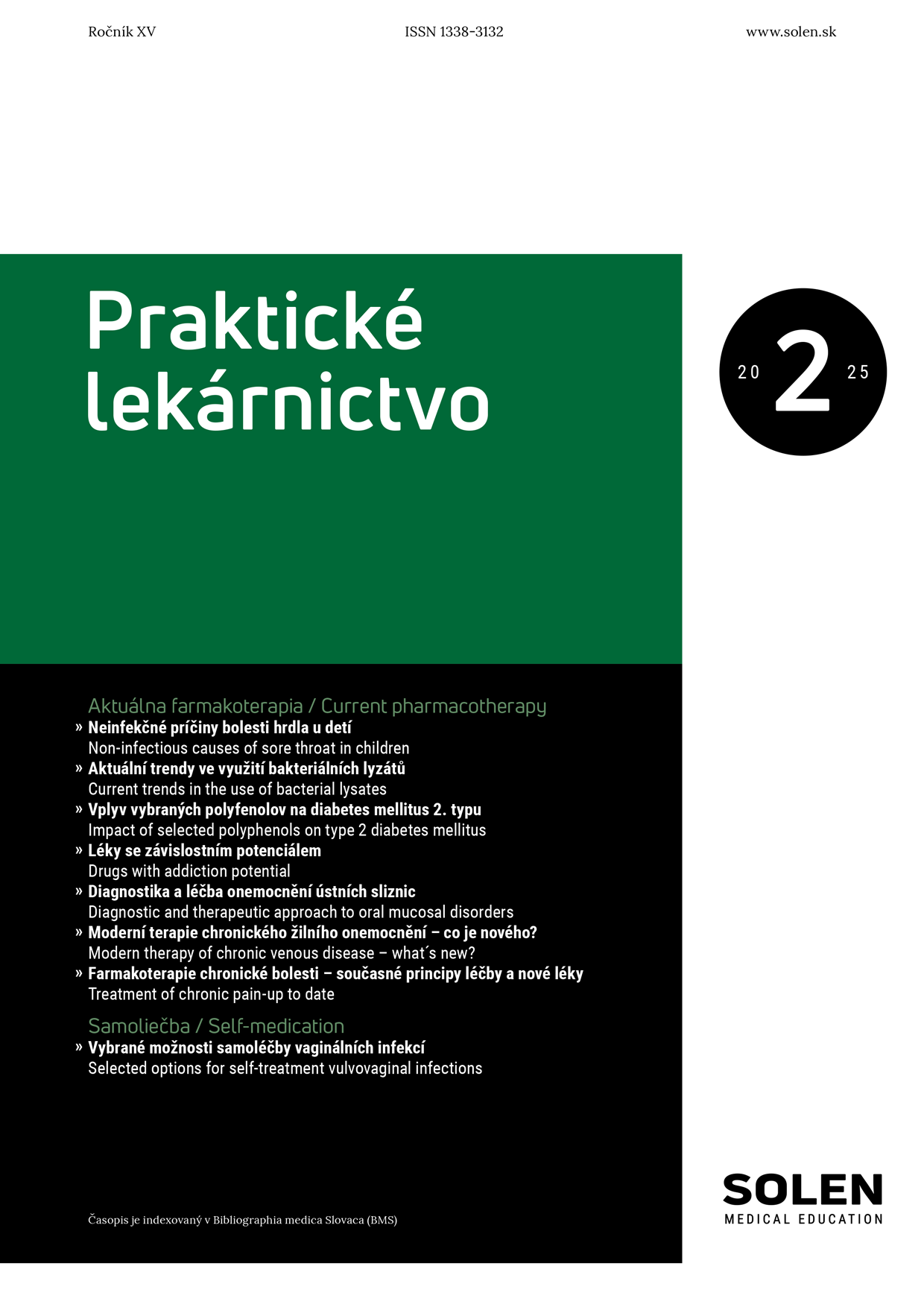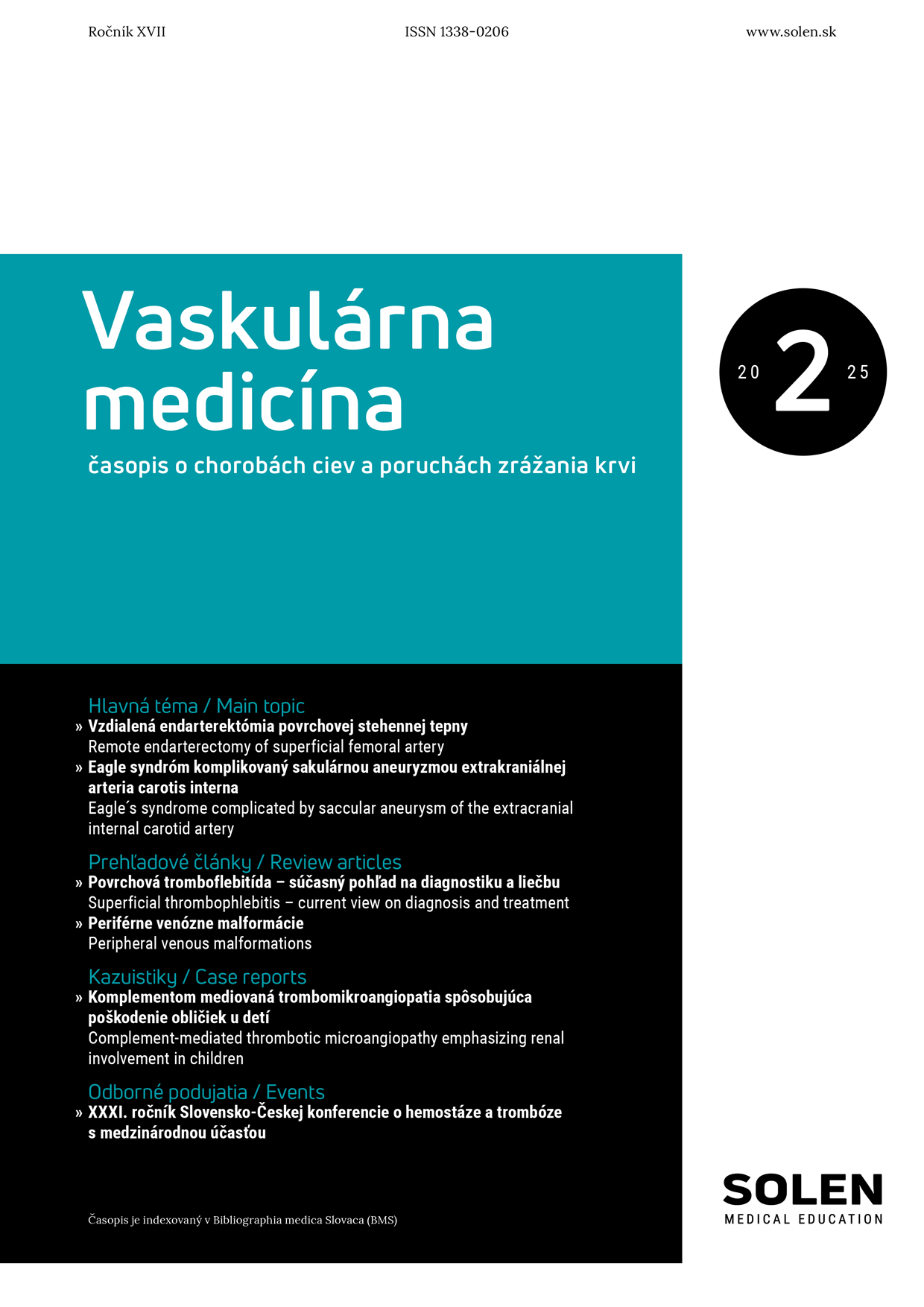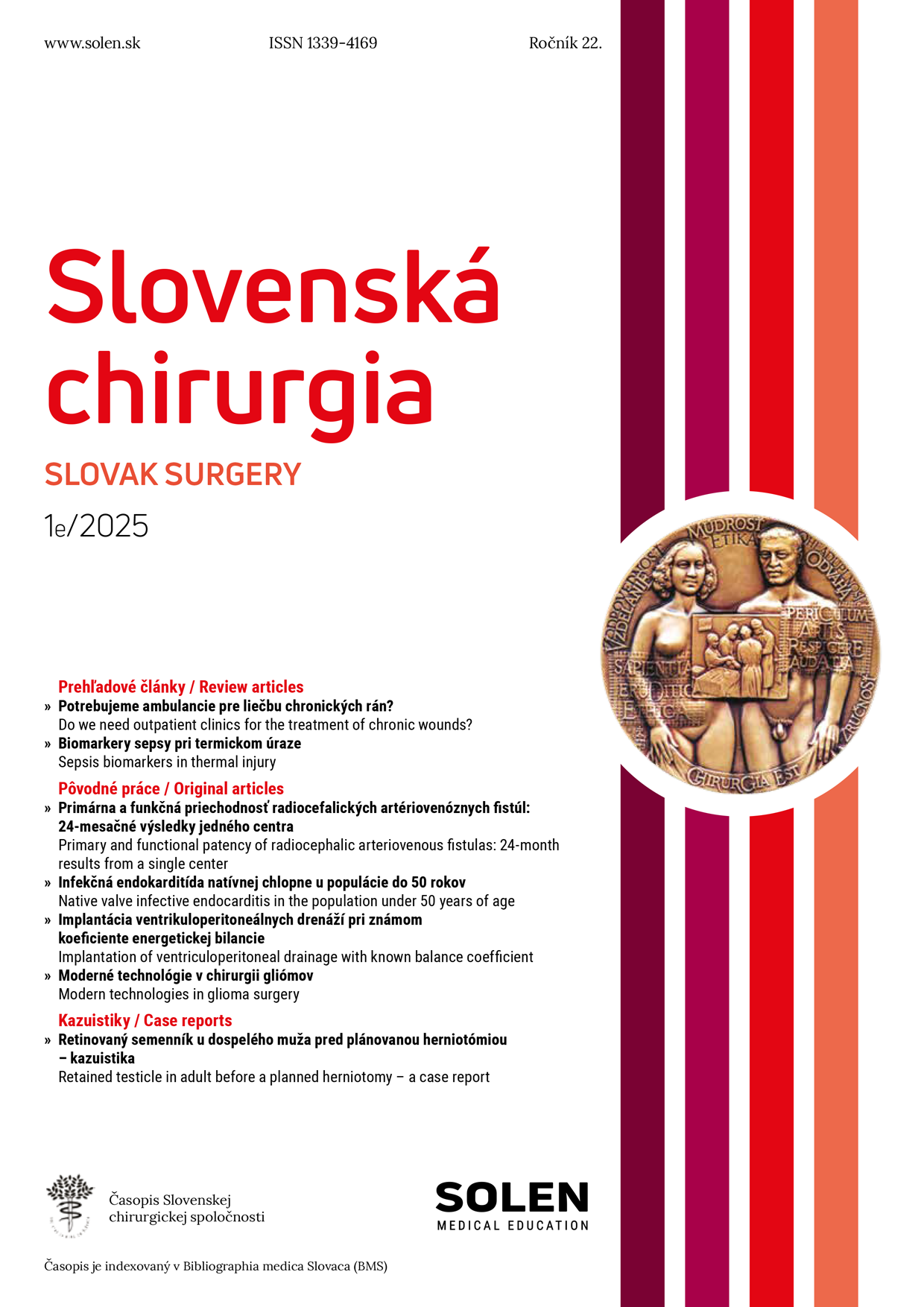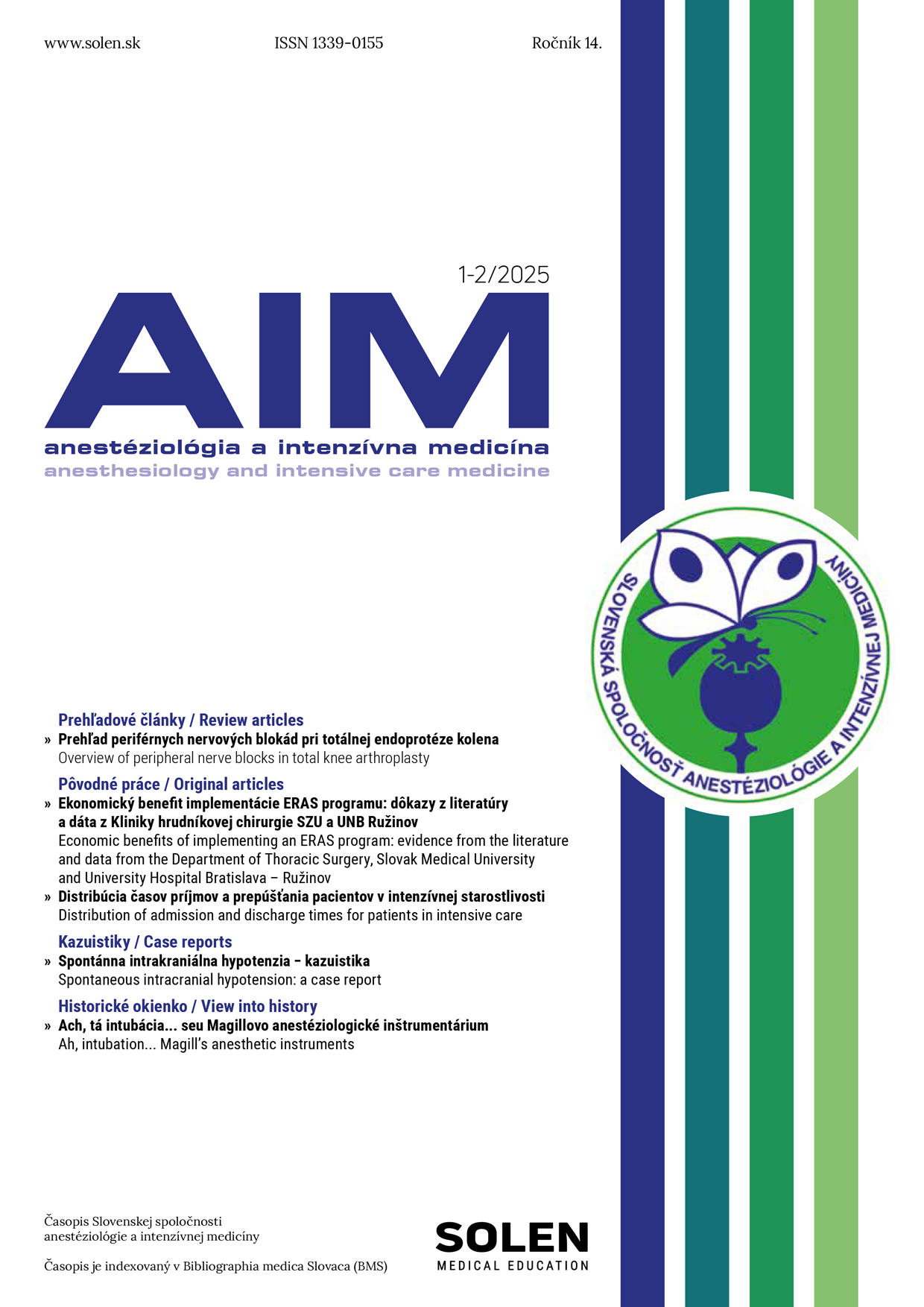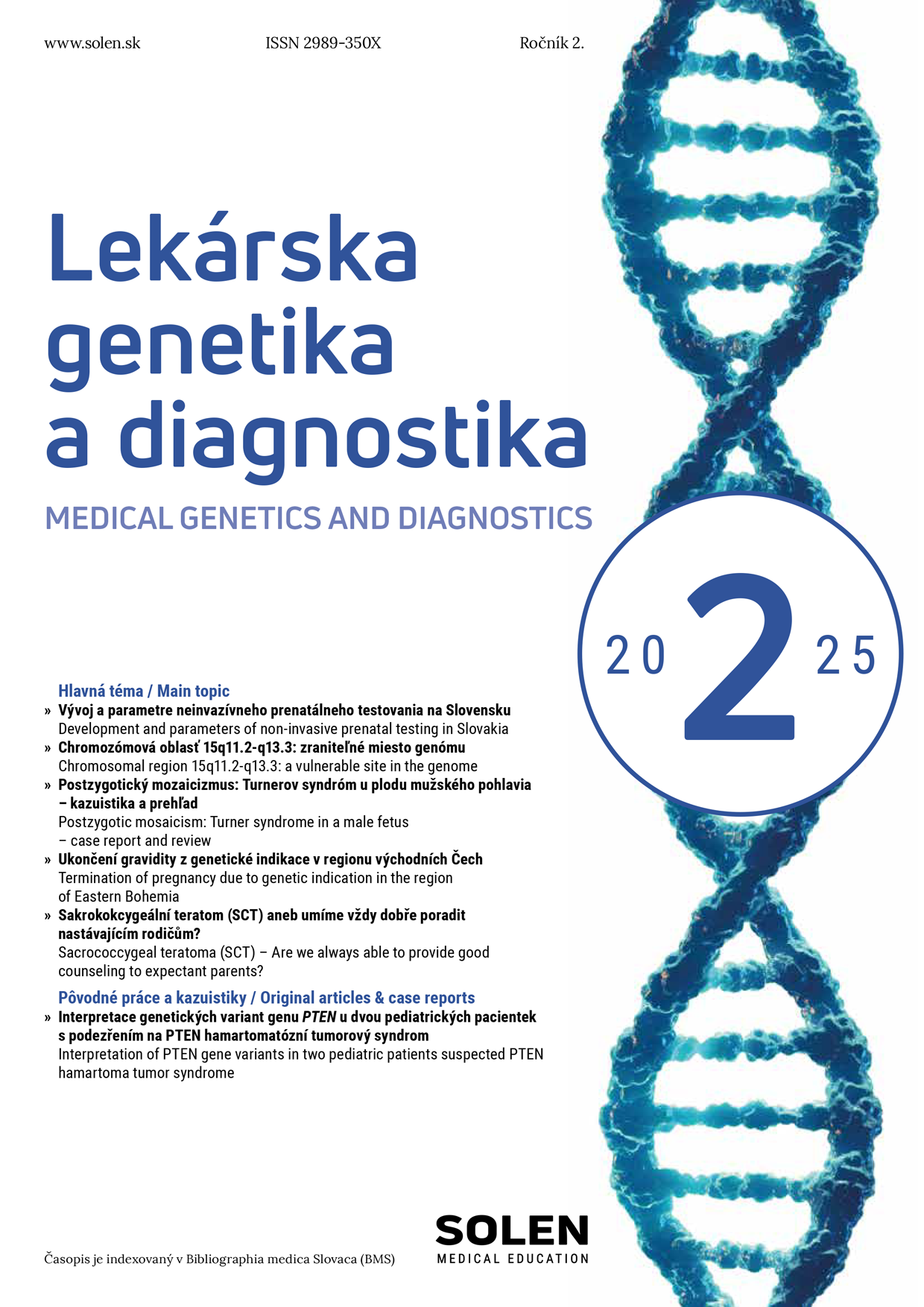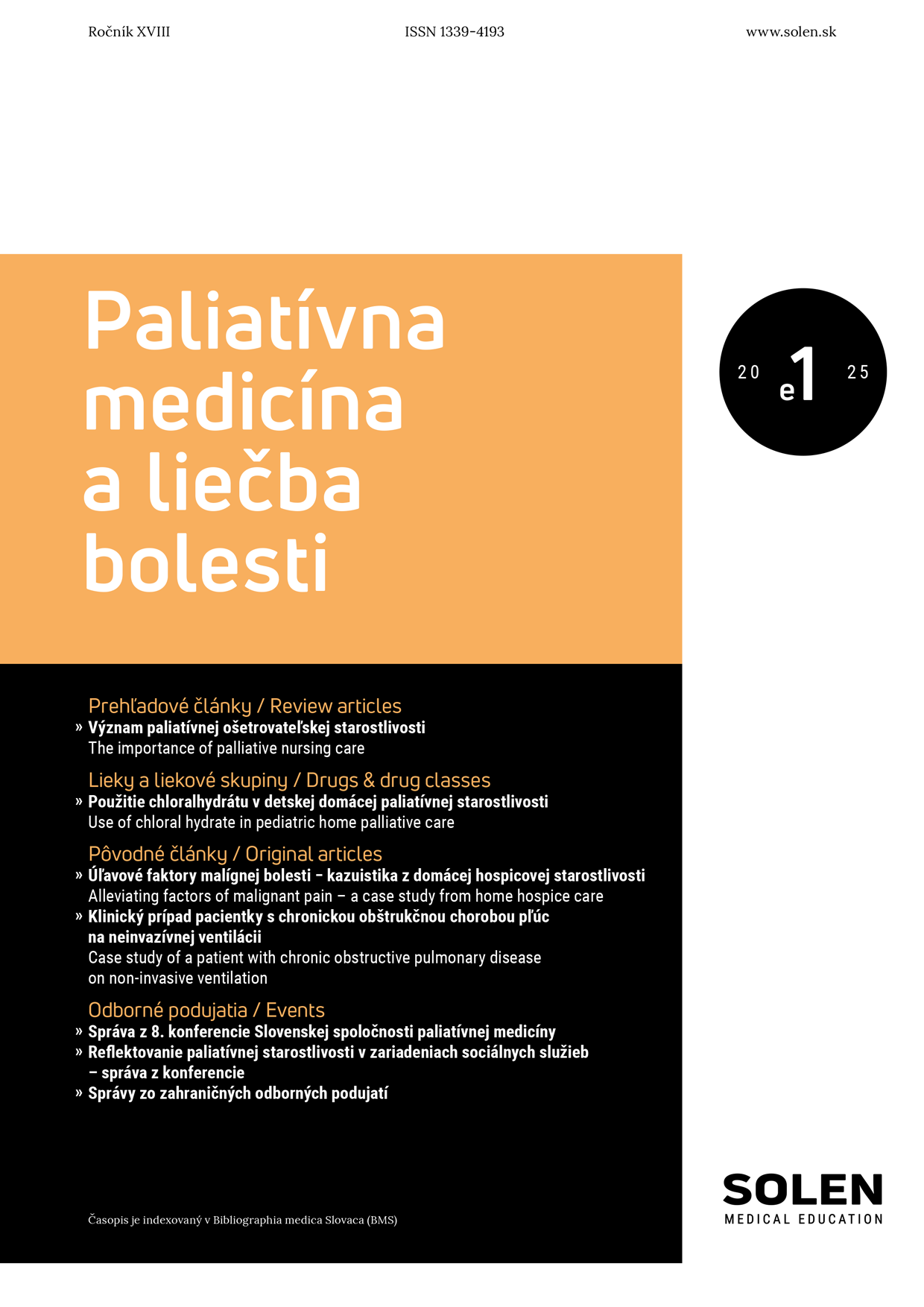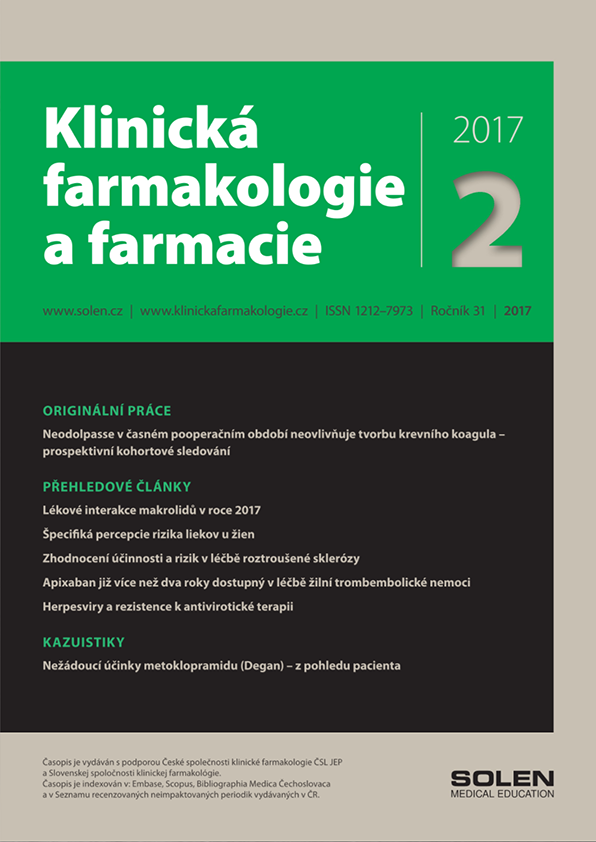Slovenská chirurgia 1e/2025
Modern technologies in glioma surgery
Introduction: Glioma surgery is one of the most complex areas of neurosurgery, as tumors often affect functionally important areas of the brain. The aim of the article is to present the most frequently used modern technologies in neurosurgery and, using the example of a patient with a glial tumor in the motor area of the brain, to present their contribution to safer and more effective resection of these tumors. Modern technologies: Neuronavigation, which ensures accurate planning of the surgical approach and procedure. Intraoperative neurophysiological monitoring helps to continuously verify the functionality of brain pathways, thereby protecting functional structures during surgery. Diffusion tensor imaging (DTI) with tractography provides a map of brain pathways. Cavitron ultrasonic aspirator (CUSA) allows for selective and precise tumor removal. Microscopes and exoscopes improve visualization of the surgical field, with the possibility of visualization of tumor cells or vascular patency. Integration of artificial intelligence brings new possibilities in planning and decision-making.
Conclusion: The use of modern technologies improves surgical indication, surgical planning, accuracy and extent of the each surgery, verifies the location and functionality of brain pathways and eloquent brain areas, thereby helping to increase the extent of tumor resection with increased safety of preserving neurological functions. The article also underlines the need for their wider availability and development, which can significantly improve the results of treatment of patients with gliomas.
Keywords: navigation, tractography, intraoperative neurophysiological monitoring, CUSA, gliomas


